Ancient news stories
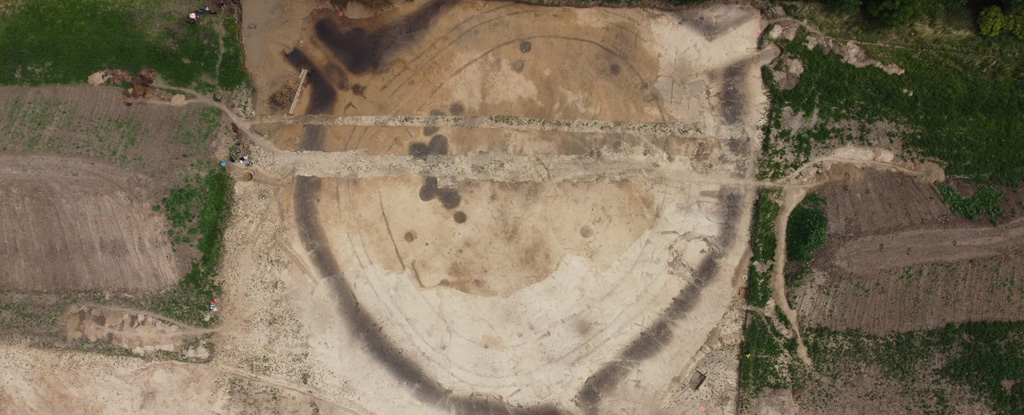
Archaeologists digging near Prague have discovered the remains of a Stone Age structure that’s older than Stonehenge and even the Egyptian pyramids: an enigmatic complex known as a roundel.

Archaeologists say find supports theory that drug was used in burial rituals, possibly to ‘enter ecstatic state’
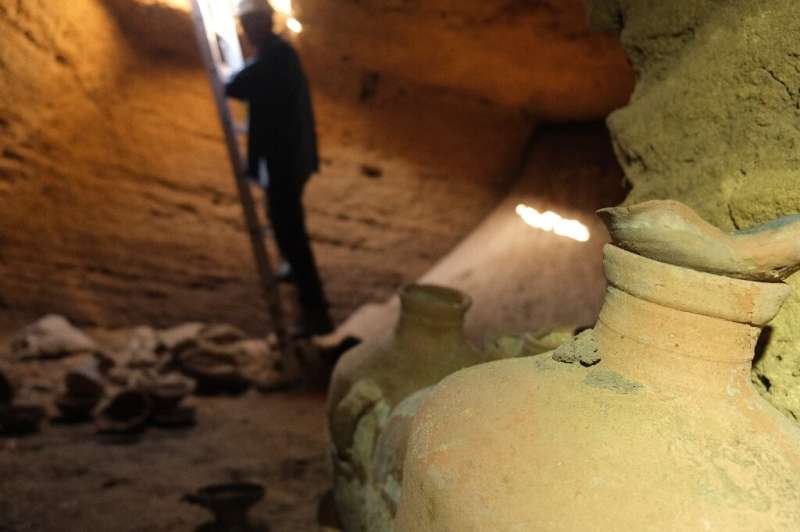
Israeli archaeologists on Sunday announced the “once-in-a-lifetime” discovery of a burial cave from the time of ancient Egyptian Pharaoh Rameses II, filled with dozens of pottery pieces and bronze artifacts.
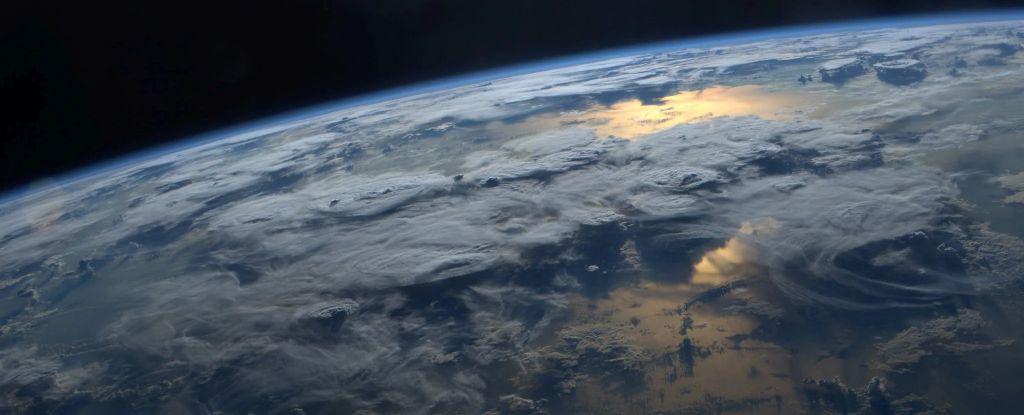
A new examination of some of the oldest rocks in the world suggests that the first continents on Earth were unstable, and sank back into the mantle before making their way out again and reforming.

New techniques allowed researchers to analyze ancient DNA for the first time. The data they unearthed helps describe the genomic history of the area and reveals population movements from as far back as 10,000 years ago. It contains some big surprises regarding theories for the origin of languages.
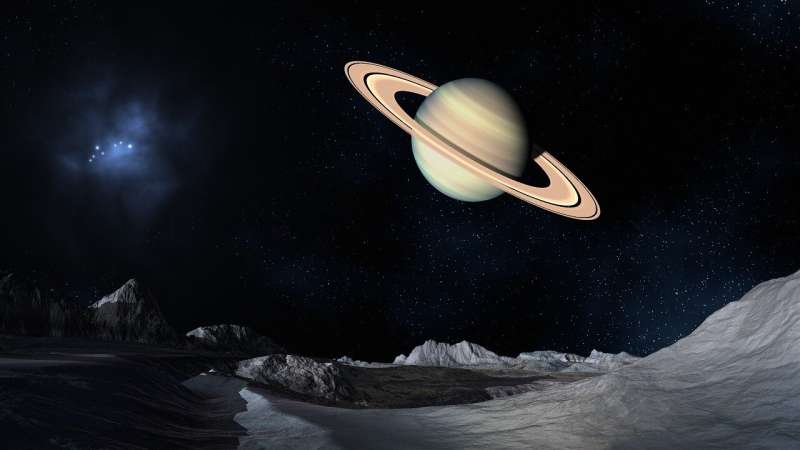
Swirling around the planet’s equator, the rings of Saturn are a dead giveaway that the planet is spinning at a tilt.
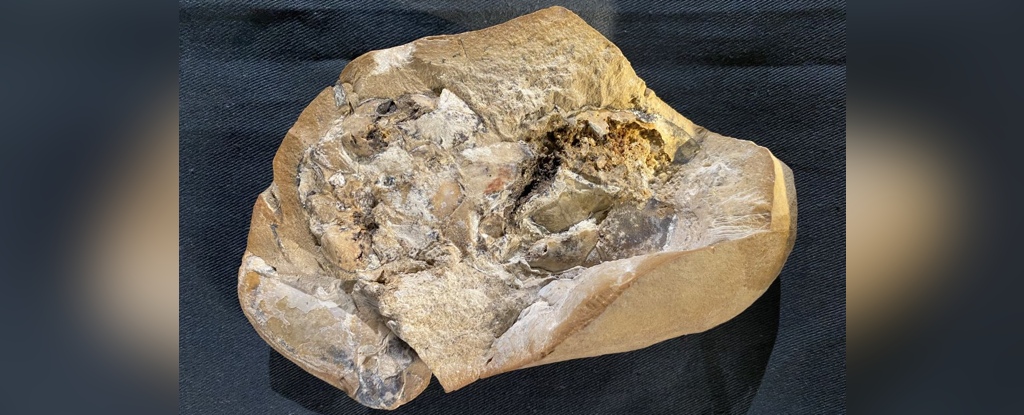
An ancient fossil from one of our planet’s earliest vertebrate organisms was found concealing an exciting surprise.
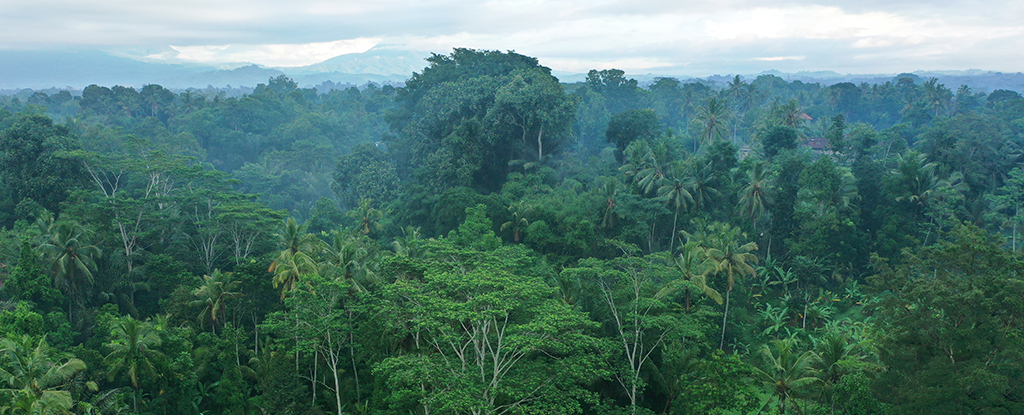
The devastating destruction that’s happening across the Amazon might be what comes to your mind first when thinking about deforestation – but it’s by no means the only place where dwindling forests are a worry, as a new study highlights.
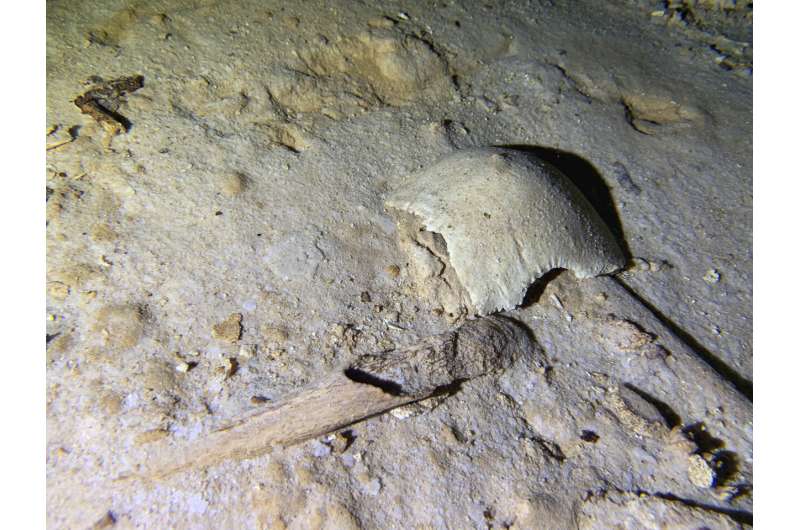
A prehistoric human skeleton has been found in a cave system that was flooded at the end of the last ice age 8,000 years ago, according to a cave-diving archaeologist on Mexico’s Caribbean coast.

Despite transforming history as beasts of burden essential for transporting goods and people, the humble donkey has long been woefully understudied.

Student’s find provides new evidence region may be one of first places early humans settled outside Africa

The brains of Neanderthals, a species that’s thought to have lived alongside humans for hundreds of years, were about as large as ours are. Still, researchers aren’t sure how similarly their brains functioned to ours. A recently published study reveals that several amino acids in the human brain — which only emerged after humans split away from Neanderthals — make our chromosomes far less prone to errors as they separate into identical pairs.

A 31,000-year-old skeleton missing its lower left leg and found in a remote Indonesian cave is believed to be the earliest known evidence of surgery, according to a peer-reviewed study that experts say rewrites understanding of human history.
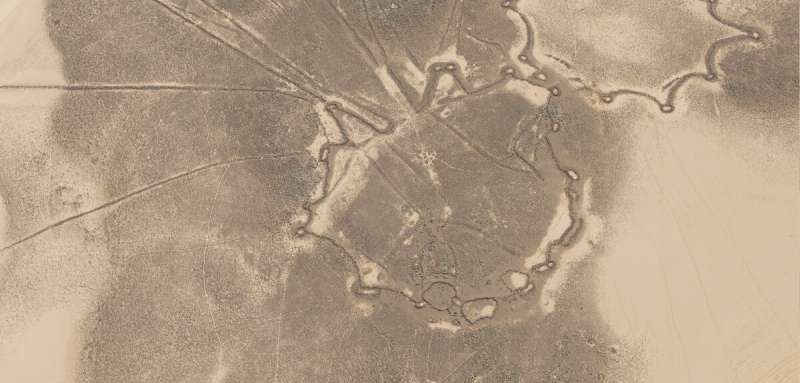
Archaeologists at the University of Oxford’s School of Archaeology have used satellite imagery to identify and map more than 350 monumental hunting structures known as “kites” across northern Saudi Arabia and southern Iraq—most of which had never been previously documented.

It is a dispute that has taken a long time to reach boiling point. Seven million years after an apelike creature – since nicknamed Toumaï – traversed the landscape of modern Chad, its means of mobility has triggered a dispute among fossil experts.
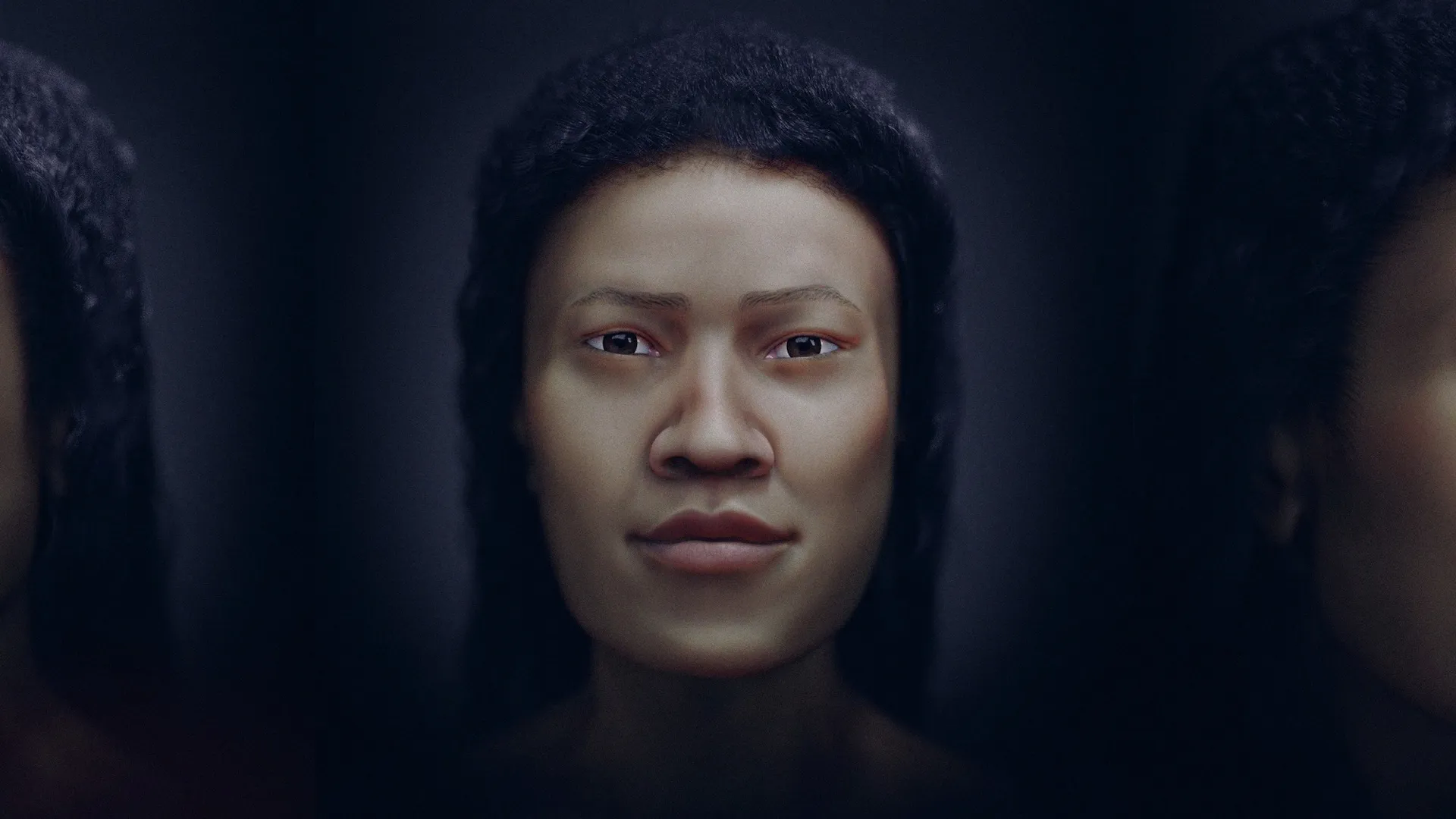
You can view the virtually reconstructed face of a woman who lived about 5,700 years ago in what is now Malaysia, now that researchers have put a face to a person whose full identity remains a mystery.








